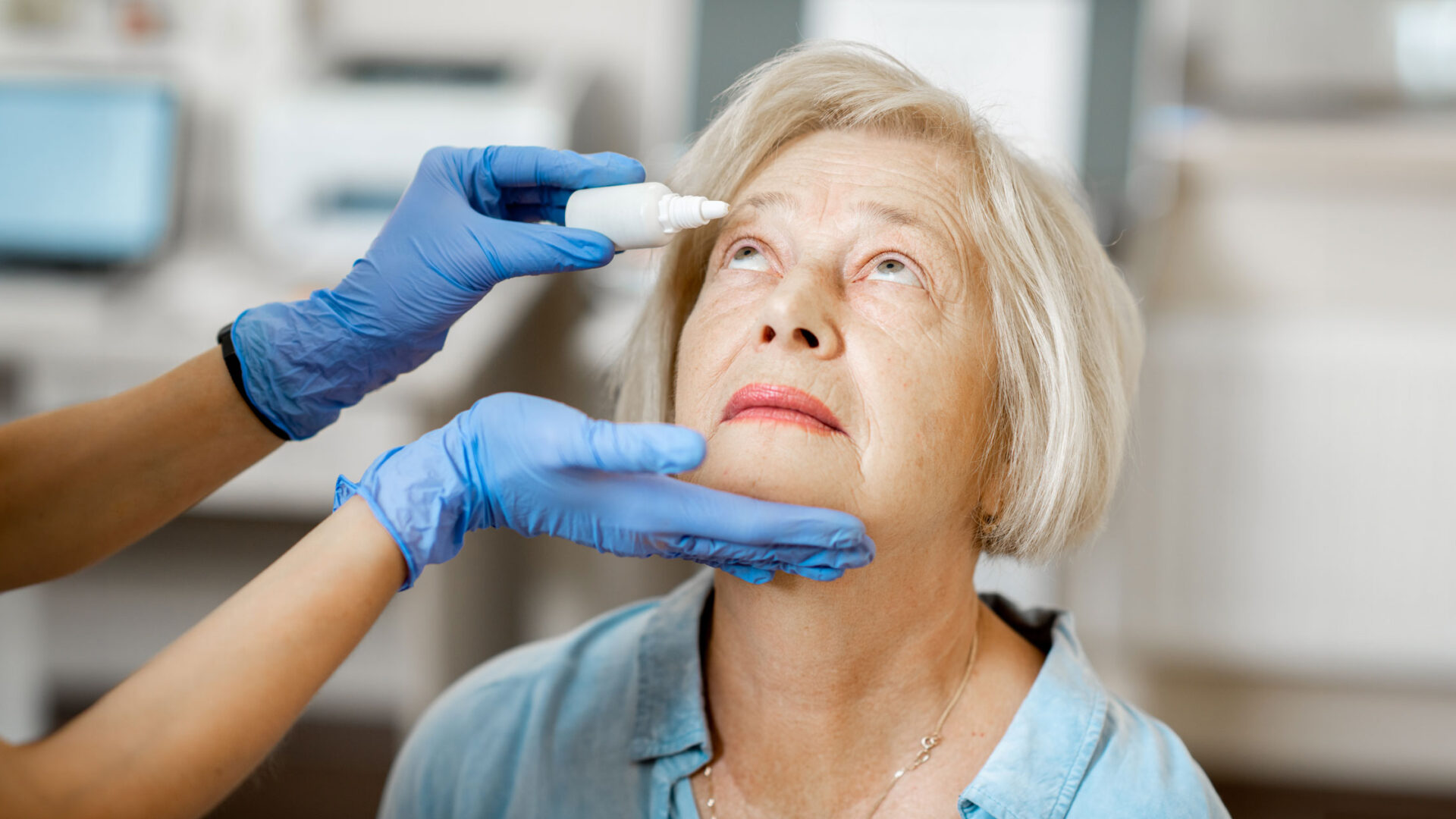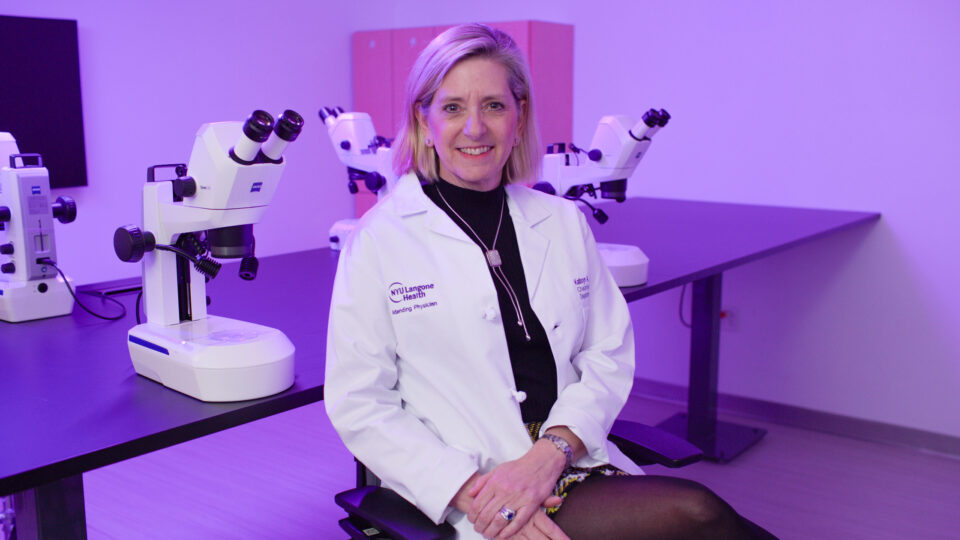Despite advances in surgical techniques, most patients still experience some degree of inflammation after cataract surgery. Currently, corticosteroids and nonsteroidal anti-inflammatory drugs (NSAIDs) are the two most frequently prescribed anti-inflammatory medications, yet there is no established consensus on the optimal regimen, dosage, or treatment duration.
Christina R. Prescott, MD, PhD, director of the Division of Cornea Services at NYU Langone Health and vice chair for education in the Department of Ophthalmology, in collaboration with colleagues at the Johns Hopkins Wilmer Eye Institute, have brought attention to this issue, calling for clear, evidence-based guidelines.
“There are no specialty-specific guidelines outlining what we should be prescribing after routine cataract surgery.”
Christina R. Prescott, MD, PhD
“There are no specialty-specific guidelines outlining what we should be prescribing after routine cataract surgery,” says Dr. Prescott. “Studies to identify best practices and inform guidelines are needed to offer patients the best possible care.”
Practice Patterns
With limited data to inform best practices, Dr. Prescott and colleagues took on the challenge of capturing current prescribing patterns.
“We developed a survey that was distributed to members of kera-net, a global online platform sponsored by the Cornea Society,” Dr. Prescott says.
Membership in kera-net is open to ophthalmologists specializing in corneas, external disease, and refractive surgery. They must also be board-certified in ophthalmology by the American Board of Ophthalmology or its equivalent in their home country.
The survey consisted of 21 questions aimed at collecting data on participant demographics, the types of anti-inflammatory medication used, and how they were administered. Before being distributed, the questionnaire underwent review and evaluation by eight cataract surgeons.
Results from the study were published in the Journal of Cataract & Refractive Surgery.
Variations on a Theme
A total of 217 ophthalmologists responded to the survey. The majority of respondents were cornea subspecialists (79 percent), and most practiced in the United States (79 percent). The data on prescribing practices revealed significant variation, highlighting the lack of guidelines.
Eyedrops
- According to the researchers, 94 percent of respondents prescribed eyedrops, making it the preferred postoperative treatment regimen.
- The most commonly prescribed class of eyedrops were corticosteroids (97 percent), followed by antibiotics (85 percent), NSAIDs (73 percent), and combination drops (19 percent).
- The three most frequent topical treatment regimens were corticosteroids and antibiotics and NSAIDS (53 percent), combination drops in one bottle (19 percent), and corticosteroids and antibiotics (16 percent).
Intraocular/Periocular Options
- Intraocular/periocular options, including new sustained-release delivery systems, were less preferred, with only a slight majority (58.5 percent) of respondents using these options.
- Surgeons who preferred intraocular/periocular injections after cataract surgery most frequently injected only antibiotics (69 percent), followed by corticosteroids plus antibiotics (17 percent), single combination injection (8 percent), and corticosteroids alone (6 percent).
- Additionally, 58 percent of surgeons who used intraocular/periocular corticosteroids also recommended topical corticosteroids after cataract surgery, even though there is conflicting evidence regarding this practice.
“Most surgeons preferred topical, generic options as the mainstay post–routine cataract surgical treatment,” says Dr. Prescott. “Few respondents had adopted the newer sustained-release corticosteroid formulations.”
One possible reason for this could be the higher costs associated with sustained-release formulations, Dr. Prescott explains. Other contributing factors could be a hesitancy to adopt a new product and lack of long-term comparative studies showing superior efficacy to topicals, she adds.
Awareness to Guidelines
“Our findings will play a role in developing evidence-based guidelines endorsed by the Cornea Society,” Dr. Prescott says. “We anticipate that this will be a topic of discussion at the Cornea Society meeting this fall.”
In addition to pushing for guidelines, the researchers plan to conduct future surveys to track whether the use of injectables or sustained-release formulations changes over time. Furthermore, they intend to capture practice patterns from the broader population of ophthalmologists who perform cataract surgery.






